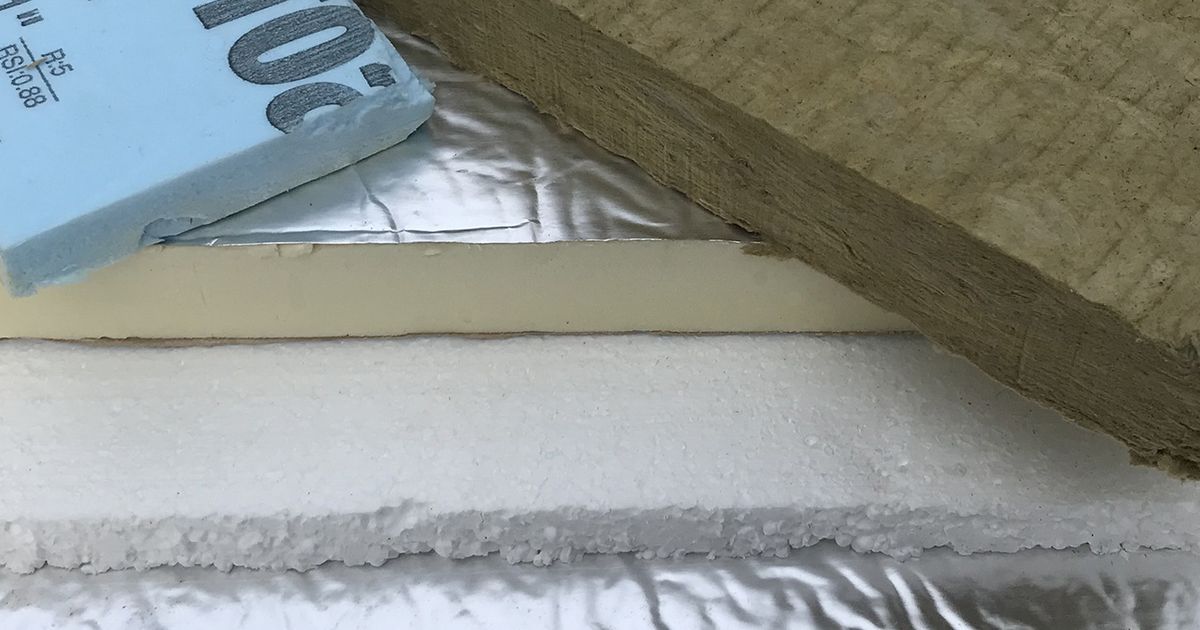Alloy
Well-known member
Azdel should be good stuff; it's popular in RVs now. Oddly I can't find any tech specs on it though... like stiffness or strength.
PIR isn't "more dense" than other foams. You can spec pretty much any density you like for PU and PVC, but I think 4 or 5 lb/ft^3 would be most common in this application.
Higher density doesn't improve the R value of foam; rather it drops as you'd expect.
Do you know the density of the foam?
Do you know what the full panel weighs per area?
Hard to believe a company that has invested so much into the design of a product expects customers to be as idiotic as the videos are.
No way for water freeze in winter because it will be full of mud and road salt then in the summer on a FSR it will catch the pebbles tossed up by the tires.
Why not use a scale used for the water test? Maybe it is known that PolyIso absorbs water.......
Moisture Contamination of Polyisocyanurate Insulation - Canadian Roofing Contractors Association
Reports have been received of moisture contamination, or signs of moisture contamination of polyisocyanurate insulation on some construction job sites.
 roofingcanada.com
roofingcanada.com
Higher density does not produce a higher R Value. The foaming agent (which escapes over time) initially gives PolyIso a higher R Value. The foaming condense so the R Value of PolyIsO is reduced as the temperatures drop. Temp drop will be noticed the most where the slots are cut in the floor.
The AZDEL/FRP deforms but the PolyISO doesn't. Watch when the sample is broken the foam snaps with very little deformation. That's not good.
Fires testing the foam is bogus. Take a torch to the AZDEL/FRP and see what happens. You'd be dead from the smoke coming off the AZDEL/FRP long before the fire ever reaches the foam.
10 years ago AZDEL was going to replace LUAN wood paneling in the RV industry. Several companies tried it and went back to LUAN.
The 1/2" of laminate on the foam plus the heavy extrusions eats up to allot of weight that could be used for fuel, gear or water.


